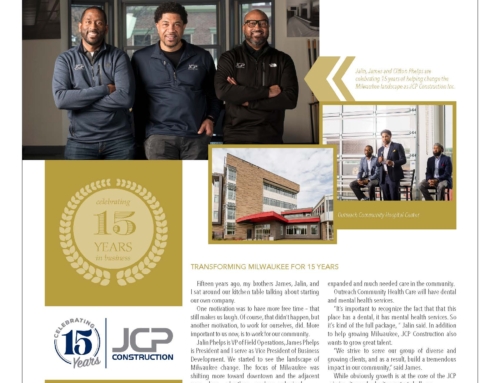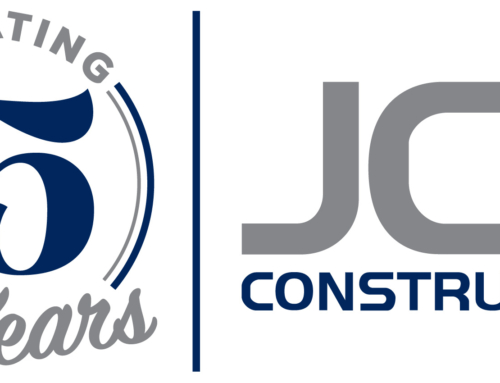We are extremely pleased that The Bindery has received a 2022 American Institute of Architects (AIA) Merit Award! It received the award because it “created a home for the creative community of writers while maintaining the history and story.” JCP Construction served as General Contractor and Galbraith Carnahan Architects was the architecture firm.
Twelve projects were recognized for excellence in architectural design by the 2022 Design Awards program of AIA Wisconsin, the state society of The American Institute of Architects (AIA). A nationally distinguished jury from outside of Wisconsin selected the award-winning projects. Members of the 2022 Design Awards jury were Dr. Bruce Race, FAIA, Kate Schwennsen, FAIA, and Mark Peters, AIA.
AIA Wisconsin has been promoting, supporting, and advocating on behalf of architects in the state of Wisconsin since 1911. The member organization focuses on providing continuing education to architects and designing a better built environment for the future. Each Design Award submission included AIA’s Framework for Design Excellence, which asks questions regarding how the project considered social and environmental issues in its design. Each of this year’s projects were measured not just on aesthetic components, but how the building interacts with people and the natural environment.
Project Description: Previously invisible to the undiscerning passerby, the windowless 1920’s building in Milwaukee’s Bay View neighborhood was home to a multi-generational family book bindery which closed operations in 2019. The new owner envisioned converting the city’s last traditional book bindery and its antique equipment into the city’s preeminent gathering place for Milwaukee’s writers, typographers, and print makers. The Bindery now includes a reimagined layout that visually connects a series of spaces of increasing privacy as you delve further into the building. These privacy gradients correspond to the different levels of membership at The Bindery as well as provide increased focus for members involved in highly concentrative tasks such as writing. A courtyard with more welcoming facade were added by removing a section of the original structure. The project served as a compelling example of how to transform an industrial asset into a cultural one that is deeply valued within the community.







